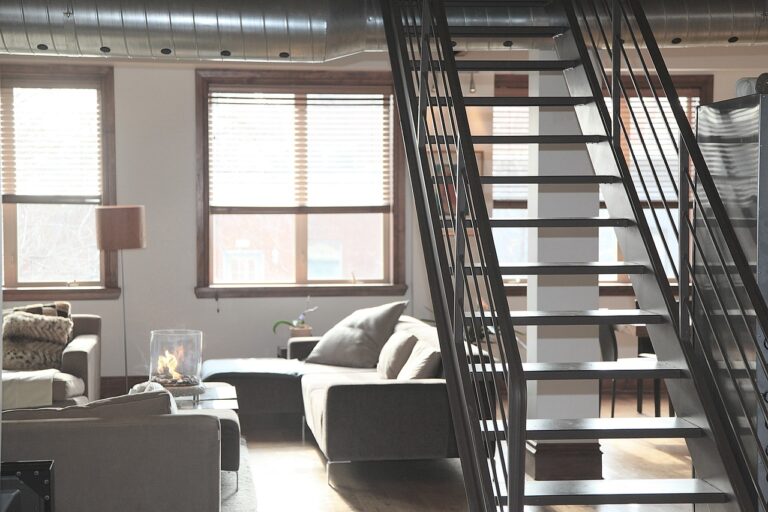The Impact of Universal Design on Home Accessibility: Creating Inclusive Spaces
Universal design in home construction plays a crucial role in creating living spaces that are accessible and functional for people of all ages and abilities. By integrating universal design principles into the architectural planning and building process, homes can be made more inclusive and accommodating for everyone. This approach not only enhances the quality of life for individuals with disabilities but also benefits aging individuals and families with young children who may have varying needs.
Incorporating universal design features in home construction also adds long-term value to properties by increasing their market appeal and potential resale value. By creating homes that are adaptable and barrier-free, homeowners can enjoy a greater sense of comfort, convenience, and safety. Additionally, promoting universal design in residential construction fosters a more inclusive society where everyone can live, work, and thrive in spaces that are thoughtfully designed to meet diverse needs and preferences.
Benefits of Universal Design for Individuals with Disabilities
Universal design features in home construction offer significant benefits for individuals with disabilities. These design principles focus on creating spaces that are accessible and usable for everyone, regardless of their abilities. By incorporating features such as widened doorways, adjustable countertops, and non-slip flooring, individuals with disabilities can experience greater independence and mobility within their homes.
Furthermore, universal design promotes safety and convenience for individuals with disabilities. Features like grab bars in bathrooms, lever-style door handles, and well-lit spaces not only enhance accessibility but also reduce the risk of accidents and injuries. By integrating these design elements into home construction, individuals with disabilities can experience a higher quality of life and improved overall well-being.
Key Principles of Universal Design in Home Accessibility
Universal design in home accessibility encompasses various principles aimed at creating living spaces that are inclusive and easy to navigate for individuals of all abilities. One fundamental principle is the concept of equitable use, which emphasizes designing features that can be used by everyone, regardless of their age, size, or physical abilities. By implementing features like lever door handles instead of knobs, homes become more user-friendly for individuals with limited hand dexterity or strength.
Another key principle is flexibility in use, which encourages the design of spaces and features that can accommodate a wide range of preferences and abilities. This can include adjustable countertops and multiple-height shelves in kitchens, allowing individuals to customize their environment according to their needs. By incorporating these principles into home design, accessibility is enhanced, and individuals with disabilities can experience greater independence and comfort within their living spaces.
What is Universal Design in home accessibility?
Universal Design in home accessibility refers to designing and constructing living spaces that are usable by people of all ages and abilities, without the need for adaptation or specialized design features.
Why is Universal Design important in home construction?
Universal Design is important in home construction because it creates living spaces that are safe, comfortable, and convenient for individuals with disabilities, aging populations, and people of all abilities.
What are some benefits of Universal Design for individuals with disabilities?
Some benefits of Universal Design for individuals with disabilities include increased independence, improved safety, enhanced mobility, and greater accessibility to all areas of the home.
What are the key principles of Universal Design in home accessibility?
The key principles of Universal Design in home accessibility include equitable use, flexibility in use, simple and intuitive use, perceptible information, tolerance for error, low physical effort, and size and space for approach and use.







